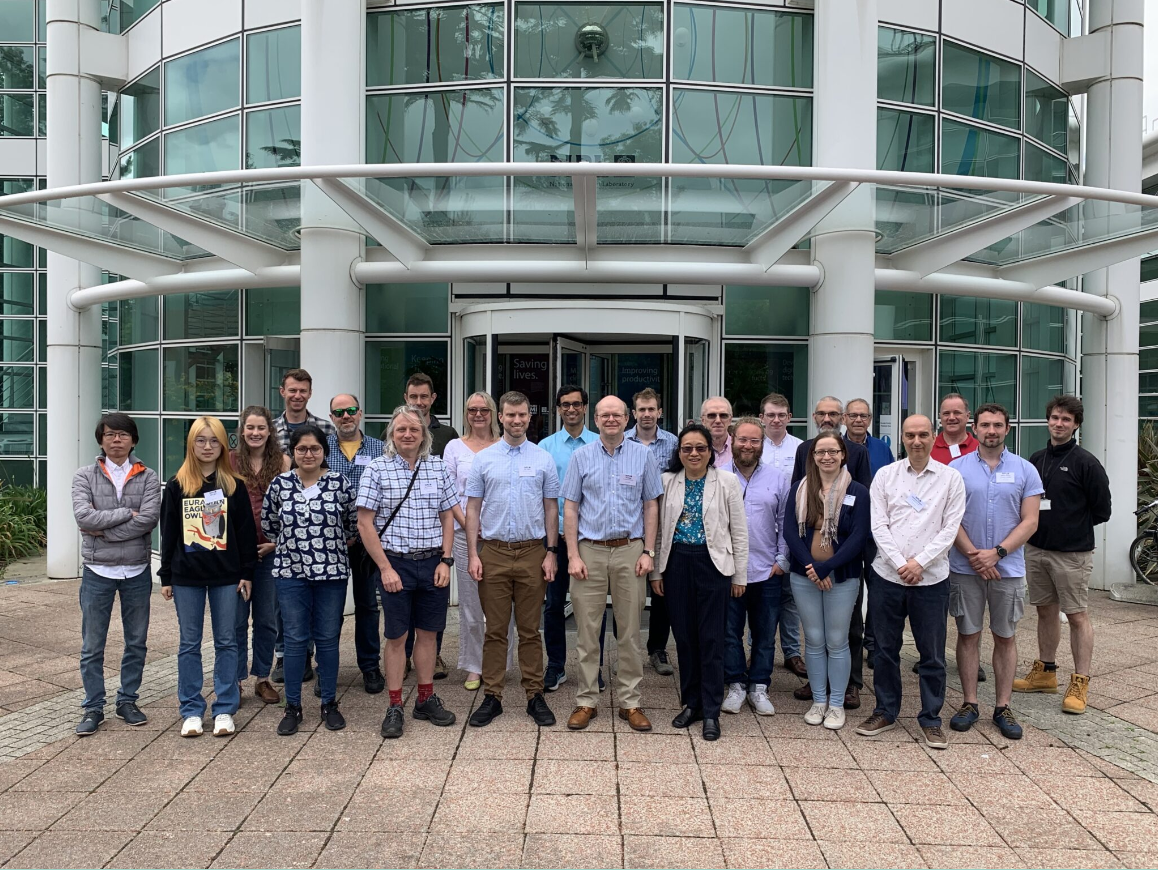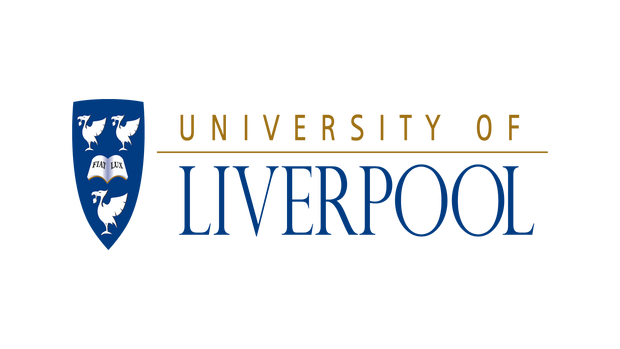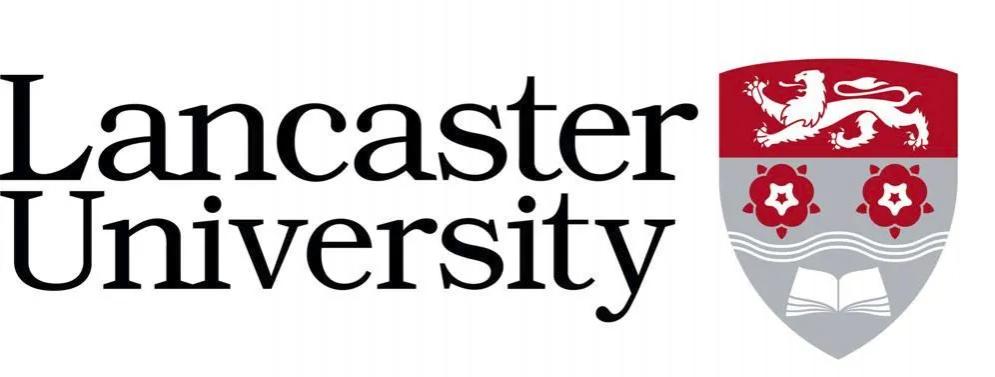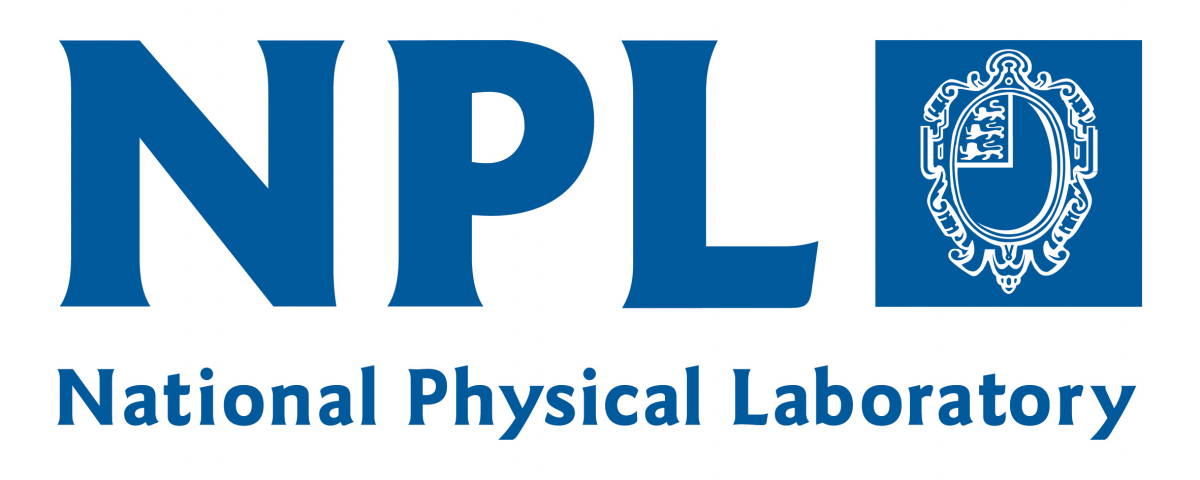04 August 2022
Oxford Instruments NanoScience Wins Largest UK Hidden Sector Project Bid
Oxford Instruments today announces it has won the bid to provide the Quantum Sensing for the Hidden Sector (QSHS) project with Proteox, its next-generation Cryofree® dilution refrigerator and leading magnet technology. The QSHS project is led by scientists at the University of Sheffield and involves the Universities of Cambridge, Lancaster, The University of Liverpool, University of Oxford, Royal Holloway and University College London as well as the National Physical Laboratory.
Funded by the Science and Technology Facilities Council, as part of UK Research and Innovation and the Quantum Technology for Fundamental Physics programme, the project is the largest UK effort in hidden sector physics to date, and involves scientists from a range of disciplines within physics. Oxford Instruments NanoScience will install its system and technology in the middle of next year, within a newly refurbished laboratory at the University of Sheffield.

“The QSHS project re-enforces the UK’s leading role globally within quantum sensing,” states Stuart Woods, Managing Director of Oxford Instruments NanoScience. “And as such at Oxford Instruments NanoScience, we’re thrilled to be supporting the University Of Sheffield and look forward to supporting and recognising these talented physicists in their future research.”
“We’re excited to be working closely with Oxford Instruments NanoScience on this important hidden sector physics project,” states Professor Ed Daw, QSHS Sheffield lead and Professor of Gravitational Waves and Dark Matter Physics at the Department of Physics and Astronomy. “Leveraging the latest innovation in dilution refrigerators and magnet technology and the newly refurbished lab at Sheffield provides us with the right environment and tools for our research.”
For further information, please email info@qshs.org or visit the QSHS project website at https://qshs.org










